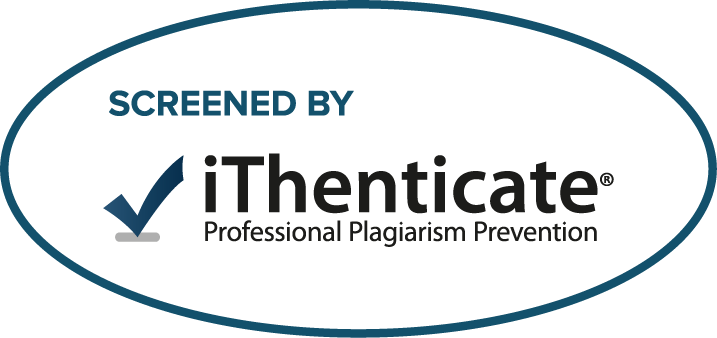In House Training In Nursing On Knowledge of Chemical Phlebitis In Giving Intravena Therapy
Keywords:
Chemical plebitis, In house training, Intravenous therapyAbstract
Intravenous therapy is the provision of access that aims to provide fluid, electrolytes, nutrition
and medication administration. The causes of chemical phlebitis are drugs that have acidic and
alkaline pH, hypertonic infusion fluids and droplets that are too fast. The purpose of this study
was to determine nurses' knowledge about intravenous therapy with the incidence of phlebitis.
Pre-experimental descriptive analytical research method with one group pretest-posttest design
with accidental sampling technique approach involving 89 nurses with career paths including
PKI – PK IV. The variables studied were to find out the knowledge of nurses about phlebitis
in administering intravenous therapy at the Bandar Lampung Advent Hospital. With the pretest
and posttest questionnaire. Statistical test using Paired T-test. The results obtained before the
seminar on PK I were 8.7 (80%) and after the seminar 9.43 (94%). The level of knowledge
before the seminar on PK II was 7.92 (79%) and after the seminar 9.74 (97%). In PK III before
the seminar the value was 7.97 (79%) and after the seminar 9.23 (92%). Whereas in PK IV
before the seminar value 8.2 (83%) and after the seminar 9.47 (94%). The Paired T-test results
have a significant difference between the knowledge of nurses before and after the seminar on
IV PK I-PK with a p-value of 0.000 <0.05. Advice that nurses increase knowledge about
intravena therapy and the causes of chemical phlebitis so that it can improve the quality of
service.
Downloads
Downloads
Published
How to Cite
Issue
Section
License
Copyright © 2024 ISC Committee.















